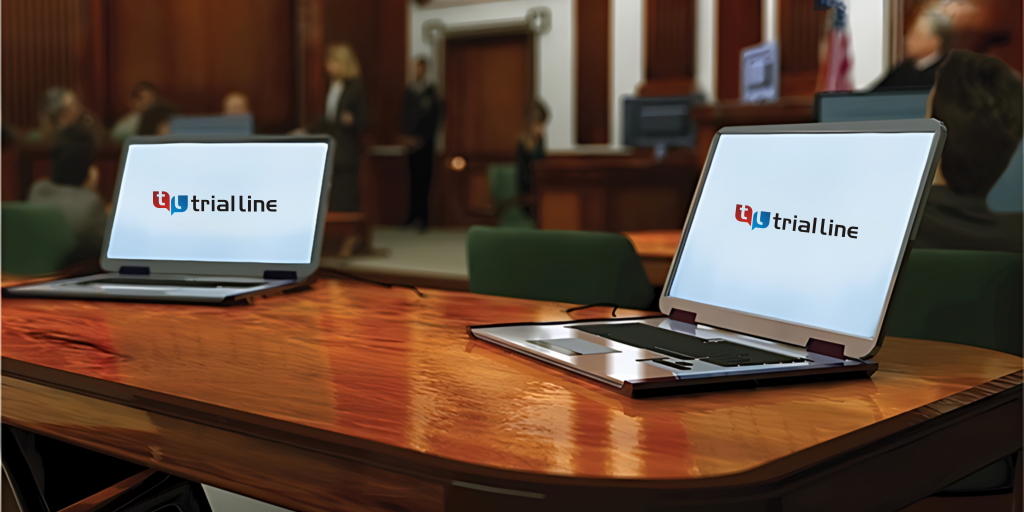The Importance of Effective Trial Presentations in Contemporary Legal Practice
The Power of Visuals in Test Presentations for a Winning Argument
The combination of visuals in trial presentations has actually arised as a crucial variable in properly connecting complex arguments to jurors. By utilizing numerous forms of aesthetic aids-- be it diagrams, pictures, or computer animations-- lawyers can improve understanding and retention, ultimately forming the court's understanding of the situation.
Relevance of Visuals in Tests
In lots of legal settings, visuals play a critical duty in improving the performance of trial presentations. The integration of aesthetic components can dramatically influence jurors' understanding and retention of complex details, consequently shaping their assumptions and decisions. Visuals, such as graphes, diagrams, and photos, can simplify complex narratives, making them much more accessible and engaging.
Additionally, the human brain processes visual details more successfully than message, which underscores the significance of incorporating visuals into legal debates. By equating thick legal concepts into aesthetic formats, attorneys can promote clearer communication, making certain that essential points are not ignored throughout tests.
Additionally, visuals serve to involve jurors on an emotional degree, cultivating a link to the case that words alone might stop working to achieve. The tactical use visuals can evoke compassion, motivating jurors to think about the human elements of the instance.
Inevitably, the importance of visuals in trials hinges on their ability to enhance clarity, improve juror interaction, and reinforce the story existing. This potent combination is necessary for crafting persuasive disagreements that resonate with jurors and affect the result of lawful proceedings.
Sorts Of Visuals to Utilize
Efficient test discussions can significantly take advantage of a variety of aesthetic tools that deal with various aspects of the instance. trial presentations. Using representations and graphes can successfully damage down complex info, making it much more digestible for jurors. Flowcharts can illustrate the series of events, while bar charts may succinctly contrast appropriate data points.

Animations and simulations can likewise play an essential duty, specifically in cases entailing technical information or elaborate situations. These visuals can dynamically stand for processes or activities, supplying clarity and involvement that static pictures may not achieve.
In addition, infographics integrate text and visuals to sum up necessary information properly. They can present timelines, statistics, and substantial situation points in a visually attractive way, making it simpler for jurors to follow the disagreement.
Enhancing Comprehension and Retention

Enhancing comprehension and retention throughout test presentations is crucial for guaranteeing that jurors understand the crucial aspects of a situation. Aesthetic help function as effective devices hereof, translating complex info into conveniently absorbable styles. By using graphes, representations, and infographics, lawyers can simplify intricate information and emphasize vital factors that might otherwise be neglected.
Researches have shown that individuals maintain information substantially much better when it exists visually. This is especially important in a trial setting, where jurors may be overwhelmed by the quantity of evidence and testimony. By tactically including visuals, lawyers can guide jurors' focus to the most critical facets of the situation, reinforcing their understanding and memory of the material presented.

Creating Engaging Presentations
Fascinating jurors' interest throughout trial my website presentations is necessary for conveying a compelling story. Engaging discussions leverage aesthetic elements to develop a memorable experience that resonates with jurors. The tactical use graphics, computer animations, and videos can elucidate intricate info, making it a lot more obtainable and relatable.

In addition, integrating storytelling methods can improve engagement. Providing proof in a rational sequence that constructs sob story permits jurors to get in touch with the product on a personal degree. Diverse presentation styles, such as including brief video or interactive aspects, can additionally sustain passion and interest throughout the test.
Ultimately, an interesting presentation fosters a much more extensive understanding of the instance, enabling jurors to better appreciate the disagreements existing and resulting in an extra favorable end result.
Study and Success Stories
Countless study highlight the substantial effect get more of visuals in trial presentations, demonstrating their capacity to affect juror perceptions and ultimately the outcomes of situations. A significant instance entailing a personal injury insurance claim illustrated just how the use of a 3D animation of the accident scene cleared up intricate information. Jurors reported really feeling even more enlightened and understanding, substantially guiding their choice for the plaintiff.
In another instance, a company litigation case made use of infographics to present monetary data and timelines, making complex details obtainable. The aesthetic depiction made it possible for jurors to comprehend the nuances of the instance better than verbal explanations alone. trial presentations. Because of this, the jury returned a verdict that surpassed the client's assumptions
The engaging visuals not only helped in creating question yet also resonated mentally with jurors, leading to a pardon. These success stories highlight the necessity of integrating visuals right into test presentations, as they improve understanding, retention, and inevitably, the persuasive power of legal arguments.
Verdict
Finally, the tactical consolidation of visuals in trial discussions substantially boosts jurors' these details understanding and retention of complex info. By using numerous kinds of visuals, lawyers can properly clarify bottom lines and foster emotional links with the target market. Involving discussions, supported by engaging case studies, demonstrate the profound impact that visuals can have on persuasive communication. Eventually, the power of visuals works as an important element in accomplishing positive test outcomes.